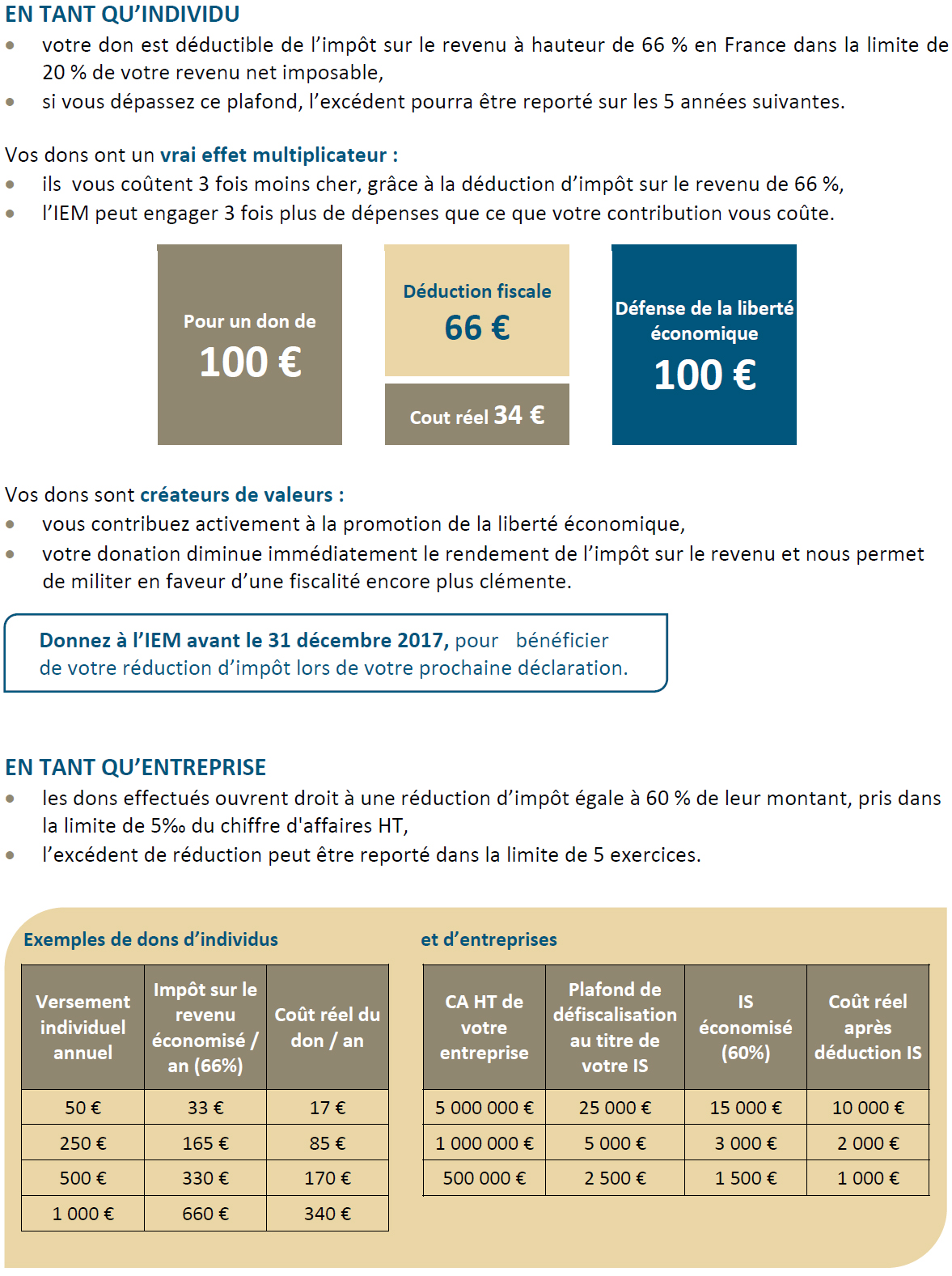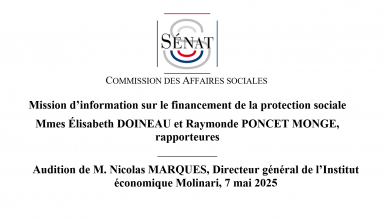Santa Claus’ French regulatory nightmare
Article published exclusively on the Institut économique Molinari’s website.
The Competition Council issued a decision, on December 20, 2007, with multi-million-euro fines, on a supposed price-fixing agreements among several manufacturers and distributors. Beyond the ruling, current regulations are those that paralyse companies aiming to do better than their competitors. It is those regulations that are anti-competitive, and consumers end up bearing the brunt.
The representatives of Santa Claus’ toy industry in France, being accused of anti-competitive practices, went through a difficult Christmas time. The Competition Council issued a decision, on December 20, 2007, with multi-million-euro fines, on a supposed price-fixing agreements among several manufacturers and distributors. Beyond the ruling, current regulations are those that paralyse companies aiming to do better than their competitors. It is those regulations that are anti-competitive, and consumers end up bearing the brunt.
But didn’t french consumer advocacy group UFC-Que Choisir claim to have investigated certain toys in 2006 and 2007, finding almost identical pricing at various stores?
And didn’t the General Directorate on Competition, Consumers’ Affairs and Fraud Prevention urged the Competition Council to fine Lego and Carrefour for running a promotion called “Carrefour refunds 10 times the difference”? This allegedly let Lego monitor whether the prices of its toys sold by other retailers were the same.
In short, there was a campaign that would have us believe that the existence of a single price for a product on the market indicates lack of competition and a need for public authorities to intervene.
The mere existence of a single price does not, however, run counter to free competition – for a number of reasons.
First, even if the price shown appears identical from one store to another, there are often differences in the real price consumers pay. Some retailers have loyalty programs that provide reduced-price coupons or customer rebates and discounts – including Carrefour, which gives its loyalty cardholders 25% off the price of about 100 toys. Saying that toys are sold at the same price to consumers glosses over this.
Second, even if the price to consumers of a particular toy truly is identical at various points of sale, competition – especially from rival toy makers – remains fully in force.
If prices went too high, rivals would not hesitate to compete in price to attract consumers and gain market share. Lego is in competition with other makers of construction toys, such as the Canadian firm Mega Bloks, and it has no interest in setting prices that would chase consumers away. To allege, as UFC-Que Choisir did, that the presence of a single price means that “competition is just a big joke” ignores the very nature of competition.
Third, free competition is based on respect for property rights and contracts in the economy. There is nothing abnormal about producers – in any sector – agreeing with distributors on the retail price of their products. Such control over retail prices is in no way unusual: it applies to any manufacturer that sells directly to consumers, like Dell or even Lego, which has opened its own stores in several countries. If “agreements” on prices were to be banned, direct sales to consumers with manufacturers necessarily setting their own prices would, by this logic, also have to be banned!
The fact remains that the decision to go after the toy industry because of identical pricing is all the more absurd in that such prices – even if suppliers and distributors preferred to avoid them so as to satisfy better their customers – are the result of another French regulation. The Galland Act, which regulates relations between suppliers and distributors/retailers, prohibits distributors and retailers from selling more cheaply than certain bureaucratically decided level. It also forbids “price discrimination”: different prices and offers from manufacturers to distributors and retailers can be easy targets for prosecution.
To avoid being prosecuted, suppliers tend to follow the same prices, the same discounts and even the same sale conditions. Why as a supplier would you offer advantages and lower prices to a distributor if other distributors could demand from you the same favourable conditions under the law?
Similarly, why as a distributor would you negotiate better deals for your customers if any of your competitors could get the same favourable conditions by invoking “price discrimination”?
This regulation is actually what blocks competition between various distributors, preventing them from negotiating lower prices and better sale conditions for consumers whenever it’s economically possible.
The whole regulation binding suppliers and distributors is truly Kafkaesque. First they are pushed into avoiding different prices because they could risk sanctions under the Galland Act. Then they are accused of agreeing on prices, and the Competition Council sets out to prosecute them. In both instances, the regulations run counter to free competition, and their harmful effects always end up being passed on to consumers.
To offer higher-quality and lower-priced toys to our kids, Santa Claus doesn’t need more regulations or government intervention in an industry that is already over-regulated. On the contrary, what he needs is real deregulation !
Valentin Petkantchin, Research Director, Institut économique Molinari





